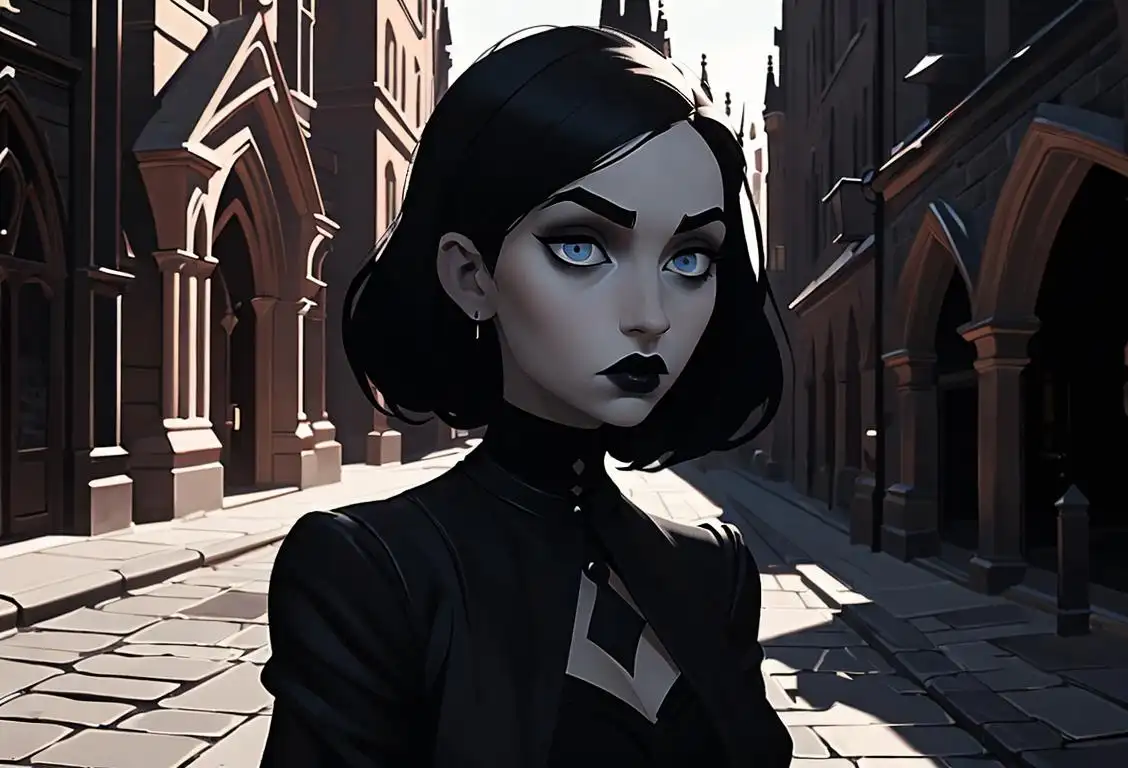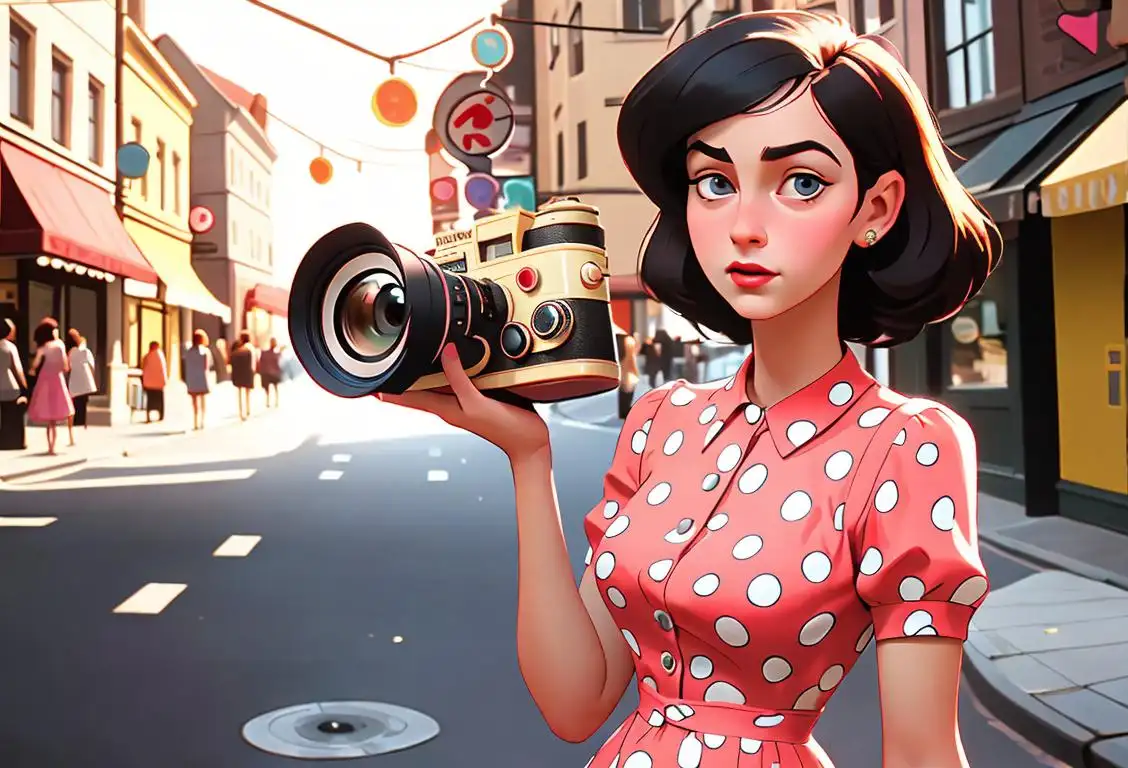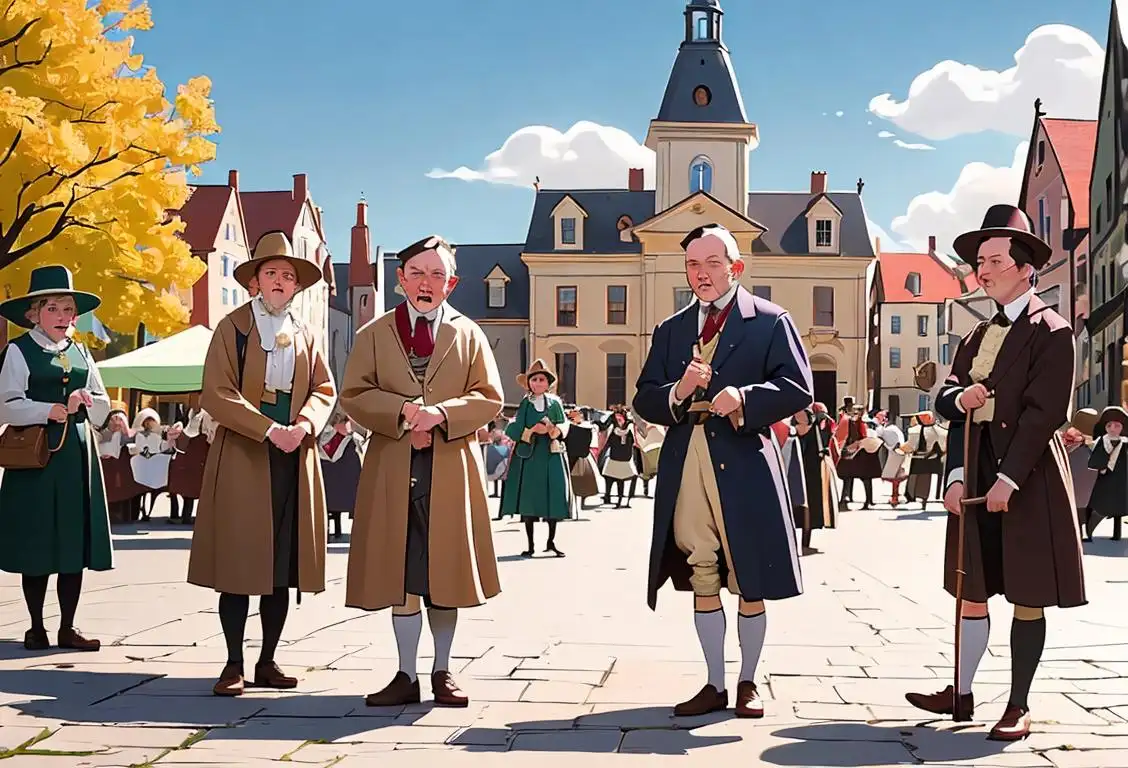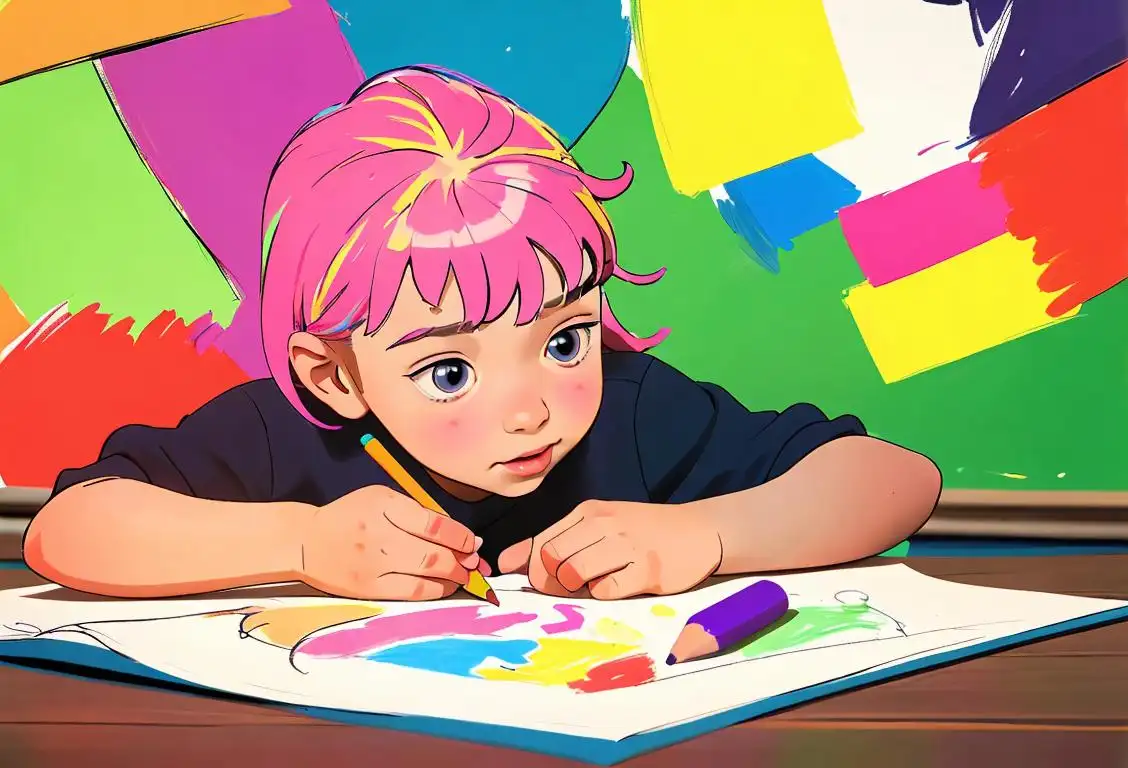National Goth Day

Forget standard greetings, paint it all black for this is the day for the dark souls! Welcome to our little guide about National Goth Day. This dark yet delightful day, celebrated on the 22nd of May, unites lovers of black clothing, dark eyeliner, and shadowy music from all over the globe. Not to worry though, no bat blood or vampire bites here, just some good ol' fun in the (lack of) sun.
When is Goth Day?
It's national goth day on the 22nd May.
A Little Spot of Darkness
It’s delightful to know that the cyber world saw a notable spike of 6693 mentions on the 22nd May 2020. That's darker and more penetrating than any jet black mascara out there. Though people might associate the word 'Goth' with gloom and doom, National Goth Day is actually a fun-filled day of celebrating a fascinating culture that's as vibrant as the blackest onyx.
When Night Falls
National Goth Day was first celebrated in the United Kingdom in 2009 and has since gained global reach. The day is all about celebrating Goth culture, which, contrary to popular belief, is not about despair or negativity, but rather a celebration of life through a different lens (preferably tinted black, of course).
The Dark Side of the Web
So how does this translate online? Well, on National Goth Day 2020, the internet was a stage for some delightfully dark social media posts, e-shops sales on goth gear, and plenty of opportunities for virtual meetups and music sessions. The day is also about challenging misconceptions, and Goths worldwide take this opportunity to school the web in their history, influences and attitudes. It’s a day not just of celebration, but also education.
And Light Prevails
But at the end of the day, National Goth Day, though wrapped in black clothing and surrounded by bats, is all about celebrating diversity, individuality, and freedom of expression. It’s a perfect testament that too much of joy can turn into sadness, and infinite darkness can bring light in the form of profound creativity and a community that respects freedom of self-expression. It's more fun, less doom than it seems!
History behind the term 'Goth'
1979
Birth of Goth
Goth, short for Gothic, originated in the late 1970s as a subculture within the punk rock movement in the United Kingdom. It emerged as a reaction to the mainstream punk culture, seeking to explore darker and more introspective themes. Goths embraced a unique aesthetic characterized by black clothing, makeup, and elaborate hairstyles. They were drawn to macabre literature, horror films, and gothic architecture, finding beauty in the morbid and the melancholic.
1986
Batcave Club
In 1986, the Batcave club opened in London, becoming a central hub for the goth subculture. It provided a space for goths to gather, socialize, and express themselves. The club showcased bands like Bauhaus, Siouxsie and the Banshees, and The Sisters of Mercy, who became influential figures in the goth music scene. The Batcave club solidified goth as a distinct subculture and helped spread its influence beyond the UK.
1990s
Global Expansion
During the 1990s, goth found its way to other parts of the world, gaining popularity particularly in the United States. Gothic fashion, music, and art became more widespread as goth subculture enthusiasts formed their own communities and events. Goths began to incorporate elements from various subgenres, including Victorian and medieval aesthetics, steampunk, and cybergoth. The goth lifestyle extended beyond music and fashion, encompassing a philosophy that embraced individualism, creativity, and an affinity for the darker aspects of life.
2000s
Internet and Online Communities
The 2000s marked a significant shift in goth culture due to the rise of the internet. Online platforms and forums provided a virtual space for goths worldwide to connect, share music, exchange fashion tips, and discuss their interests. This led to the creation of numerous online communities, fostering a sense of belonging and allowing for the exchange of ideas and inspiration. Gothic influencers emerged, helping to shape and promote goth culture to a global audience.
Present Day
Continued Influence
Goth continues to inspire individuals across the globe, transcending mere fashion and music to become a lasting cultural phenomenon. The goth subculture has influenced various music genres, fashion trends, literature, and even film and television. Its aesthetics and themes can be seen in contemporary alternative fashion, with designers and artists often drawing inspiration from gothic elements. Goth serves as a reminder of the diverse and ever-evolving nature of subcultures and their impact on popular culture.
Did you know?
Did you know? The term 'Goth' actually comes from a Germanic tribe known for their non-conforming attitude and unique style, much like today's goth culture.Tagged
awareness fun culture creativity heritageFirst identified
22nd May 2015Most mentioned on
22nd May 2020Total mentions
6693Other days
Goth Day
Vegemite Day
Eat What You Want Day
Noodle Day
Handloom Day
Camera Day
Batik Day
Moving To Canada Day
History Day
Crayon Day








